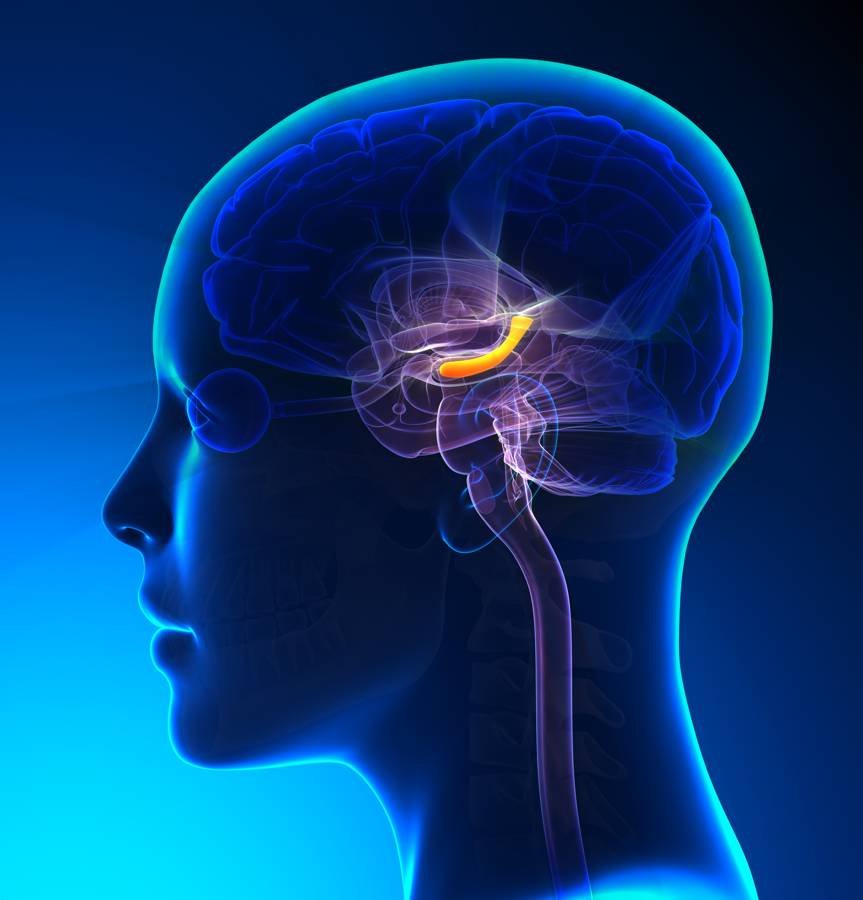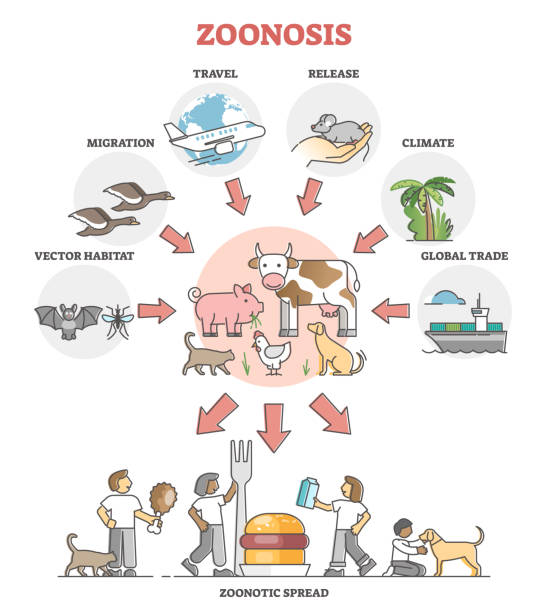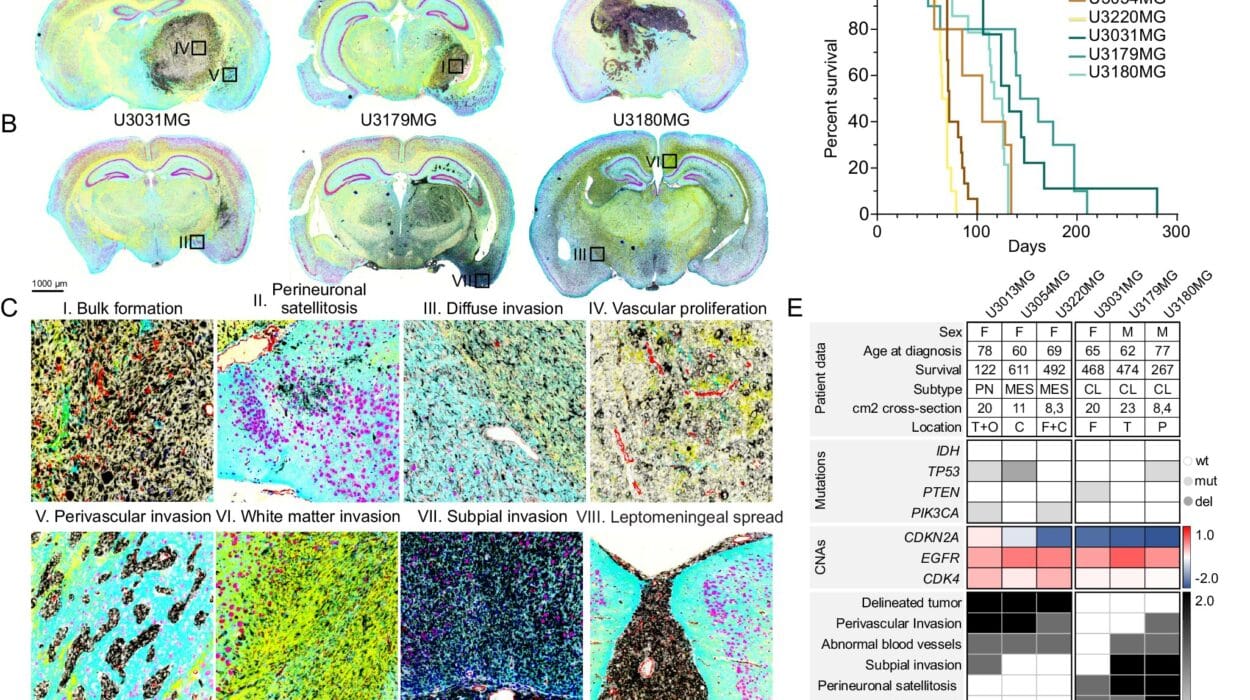In the quiet, unfathomably complex folds of the human brain lies one of biology’s most astonishing powers: memory. We remember our childhood homes, the sound of a friend’s laugh, the path back from a forest trail. Some memories vanish in moments. Others stay with us for a lifetime. But after over 100 years of research, scientists still don’t fully understand how these memories are physically stored in the brain—or how they persist through time, trauma, and even silence.
Now, a team of researchers from Monash University, in partnership with the European Biostasis Foundation and Apex Neuroscience, has tried to map out what the world’s neuroscientists actually agree on. Their new study, published in PLOS ONE, surveys over 300 researchers, asking a deceptively simple question: What are memories made of?
The answers reveal both clarity and confusion—points of consensus floating in a sea of competing theories, fractured certainty, and an ongoing search for the elusive physical substrate of memory.
A Brain’s Blueprint: More Than Just Neurons Firing
The traditional view of memory has long centered on synaptic connectivity—the idea that our experiences are etched into patterns of strengthened connections between neurons. These shifting networks form the brain’s internal map, where every intersection, every strengthened bridge, stores a sliver of experience.
Most neuroscientists agree with this general principle. In the study, a strong 70% majority said they believed that long-term memory depends on lasting changes in neuronal connectivity and synaptic strength. These are relatively large-scale physical features—far above the atomic or molecular level, but far below the scale of brain regions.
But how much of that picture is enough? Could a preserved map of connections—like a fossilized brain snapshot—reveal the memories inside?
It turns out the field is deeply divided.
Can You Read a Memory from a Frozen Brain?
The researchers posed a provocative idea: imagine preserving a brain in perfect structural detail. Could we then extract specific memories, like a memorized password or a learned route through a maze, just from that information?
Nearly half of the respondents said yes—in theory. With the right technology, they believed, we could read memories from static structural data. But about a third strongly disagreed, arguing that more than structure is required: dynamic activity, biochemical states, even fleeting moments of mental context.
The reasons for skepticism are profound. Some memories survive trauma or unconsciousness. Others vanish in an instant. Some evidence shows that even when fine neural structures temporarily disappear—as with extreme cold or anesthesia—long-term memories remain. This suggests that memory may not depend on moment-to-moment neural activity, but on something more stable, more deeply embedded.
But what exactly that “something” is remains elusive.
Multiple Theories, One Messy Reality
Over the last century, neuroscientists have proposed a vast landscape of mechanisms that might store memory. Some focus on synaptic strength changes—reinforcing or weakening connections like adjusting the volume on a stereo. Others point to structural changes like new synapse formation (synaptogenesis), shifts in myelination, or alterations to proteins inside neurons.
More exotic theories propose that memories might reside in molecular configurations, intracellular signaling pathways, or even the brain’s extracellular matrix—the scaffolding that holds neurons in place.
Still more speculative ideas explore whether quantum effects or subatomic properties play a role, though few researchers give these serious weight.
In the new survey, only 5% of respondents felt that quantum-level features were essential to memory storage. Nearly all agreed that the sub-cellular structures visible at scales of about 500 nanometers and above—large enough to encompass synapses and cellular organelles—are likely necessary. Atomic-level detail? Not so much.
Cracks in the Consensus
Despite some broad agreements, the survey shows that neuroscientists are far from united when it comes to the fine print.
Participants were split on how much additional information—beyond structure—is needed to understand or reconstruct a memory. Many believed that memory readout would require contextual information: not just where a neuron connects, but why—what emotional, sensory, or behavioral state was linked to that connection.
Others emphasized the importance of dynamic neural activity: the real-time firing patterns that represent memory recall. Some felt that electrical or chemical gradients, invisible in a preserved brain, could be essential for interpreting stored experiences.
In short, many experts suspect that memory is more than just structure—it is structure in motion.
Preserving the Brain, Preserving the Mind?
The researchers also asked participants to weigh in on a growing field with profound implications: brain preservation.
Using a method called aldehyde-stabilized cryopreservation (ASC), it is now possible to preserve brains with astonishing structural accuracy. Could such preservation one day enable scientists to decode the memories stored inside?
Here again, scientists were divided. Respondents gave a median estimate of 41% probability that some memories could be decoded from an ASC-preserved brain. But responses were sharply bimodal—many clustered near 10%, others near 75%, with little agreement in the middle.
The same divide showed up when respondents were asked whether whole brain emulations—artificial models replicating brain function—might be created from preserved brains. With access to previous electrophysiological data (essentially, a record of brain activity), their confidence rose slightly, suggesting that many see structural preservation as part of the puzzle—but not the whole solution.
When Will Whole Brain Emulation Arrive?
To explore how far off these technologies might be, the researchers asked participants to predict when whole brain emulations might become possible for various species.
The collective estimates converged on some surprisingly specific dates:
- Caenorhabditis elegans, a tiny worm with just 302 neurons: by 2045
- Mice: by 2065
- Humans: by 2125
These predictions reflect optimism about the future of neuroscience—but also acknowledge the immense complexity of scaling up from worms to people.
Different Backgrounds, Surprisingly Similar Views
Interestingly, the researchers found that participants’ academic backgrounds—whether experimental or computational—did not significantly influence their beliefs. Nor did experience level. Even “Engram Experts”—researchers who have published directly on the physical basis of memory—held views that closely mirrored the broader neuroscience community.
This suggests that, even at the cutting edge, memory science is not a field of settled truths. It’s a discipline in motion, driven by questions more than answers.
Why the Lack of Consensus May Be a Good Sign
At first glance, the lack of agreement might seem like a failure. But the researchers argue the opposite. Neuroscience, they say, is pushing into the unknown. In a field this young and this complex, uncertainty is not a weakness—it’s a sign of scientific vitality.
“The absence of consensus is not itself a problem,” the authors write. “It’s the result of research setting off in different directions in attempts to fill the profound gaps in neuroscientific knowledge.”
And those gaps are still vast. For all the models, mechanisms, and maps we’ve developed, memory remains a mystery that dances just out of reach.
The Next Frontier: Seeing Memory as Structure in Motion
If there is a thread running through the survey results, it’s that memory is neither a simple chemical code nor a fixed blueprint. Instead, it may be a multilayered phenomenon—one that emerges from stable structures, dynamic processes, and historical context all woven together.
What we remember might not be “stored” in any single place or mechanism. It might be reconstructed every time we recall, drawn from a mix of enduring patterns and momentary activity.
To unravel that complexity, researchers will need better imaging, better models, and better ways to bridge the micro and macro worlds of brain function.
And if that ever happens—if one day we can truly read the story of a life from the still silence of a preserved brain—it will be because of work like this: not claiming certainty, but mapping the terrain of doubt.
Reference: Ariel Zeleznikow-Johnston et al, What are memories made of? A survey of neuroscientists on the structural basis of long-term memory, PLOS One (2025). DOI: 10.1371/journal.pone.0326920






